The Chandipura virus, first identified in 1965 in Maharashtra, belongs to the Rhabdoviridae family, which is primarily linked to viruses that cause rabies and vesicular stomatitis. The rare and potentially deadly pathogen, which usually spreads during the monsoon, causes flu-like symptoms and acute encephalitis. The disease has a high mortality rate and has no specific antiviral treatment read more
)
Six children in Gujarat have reportedly died from a suspected Chandipura virus infection within the past five days, with the total number of suspected cases now reaching 12, state Health Minister Rushikesh Patel said. Image for Representation. Pixabay
In a troubling development, six children in Gujarat have reportedly died from suspected Chandipura virus infection within the past five days, with the total number of suspected cases now reaching 12. This alarming situation was confirmed by Gujarat’s Health Minister, Rushikesh Patel, on Monday.
The outbreak began to raise concern last week when pediatricians at the civil hospital in Himatnagar, Sabarkantha district, identified Chandipura virus as the potential cause of death for four children. Their blood samples were promptly sent to Pune’s National Institute of Virology (NIV) for verification. Since then, four more children exhibiting similar symptoms have been admitted to the hospital.
The number of suspected cases has gradually increased, with the hospital now treating three patients from Aravalli, one from Mahisagar, and one from Kheda. Additionally, there are two patients from Rajasthan and one from Madhya Pradesh, according to the health minister.
The Chandipura virus, recognised by the World Health Organization as a potential priority disease in 2017, is now back in the spotlight. Here’s what we know about the deadly pathogen.
What is the Chandipura virus?
The Chandipura virus, named after the village in Maharashtra where it was first identified in 1965, belongs to the Rhabdoviridae family and the Vesiculovirus genus, which is closely linked to viruses that cause vesicular stomatitis and rabies.
The name “Rhabdo,” meaning “rod-shaped” in Greek, refers to the bullet-like shape of the virus, scientists A.B Sudeep, Y.K Gurav, and V.P Bondre wrote in a 2016 review article published in the Indian Journal of Medical Research.
This lesser-known virus primarily affects humans, particularly children, and has been detected during sporadic outbreaks in various parts of India and other countries in Asia and Africa.
The 2003-04 outbreaks in central India were particularly devastating, resulting in 322 child deaths: 183 in Andhra Pradesh, 115 in Maharashtra, and 24 in Gujarat. The fatality rates were alarmingly high, ranging from 56 per cent in Andhra Pradesh to 75 per cent in Gujarat, according to the review article.
What are the symptoms?
The Chandipura virus, primarily affecting children aged 9 to 14 years, has a high mortality rate. It is transmitted to humans through the bite of infected sandflies or drainflies, especially species like Phlebotomus papatasi and Sergentomyia, as well as mosquitoes and ticks.
The infection is characterised by a sudden onset of flu-like symptoms, including high fever, seizures, diarrhoea, vomiting, convulsions, and altered sensorium. In severe cases, the viral infection can lead to coma and death. According to a report by trio scientists, the primary cause of death for most infected patients is encephalitis, an inflammation of active brain tissues.
Although the disease is common during the rainy season, particularly in rural areas, it is not contagious, according to the state health minister.
The treatment
Currently, there is no specific antiviral treatment for Chandipura virus infection. Therefore, supportive care remains the primary approach, focusing on treating symptoms and preventing complications. Further, effective management including controlling the vectors and maintaining good nutrition, hygiene, health, and public awareness can help curb the virus’ spread.
How is government tackling the outbreak?
Health Minister Rushikesh Patel appealed to the public not to panic and advised them to take necessary precautions.
Chief District Health Officer, Aravalli, MA Siddiqui, shared with ANI, “50 teams have been constituted to do dusting at a mass level. I appeal to farmers to use insecticides and pesticides to kill mosquitos. Kids should be made to wear full-sleeved clothes to prevent them from mosquitoes.”
In response to the outbreak, the state government initially issued a notification for intensive surveillance in the affected areas. So far, 18,646 people across 4,487 houses have been screened, and 2,093 houses have been sprayed with insecticides to control the sandfly population, according to the minister.
Patel also told PTI that the situation is under control and advised the public to seek immediate medical attention if symptoms persist.
As the state battles this unexpected health crisis, the combined efforts of the government and the community are crucial in preventing further loss and managing the virus outbreak.
With input from agencies

 2 months ago
51
2 months ago
51

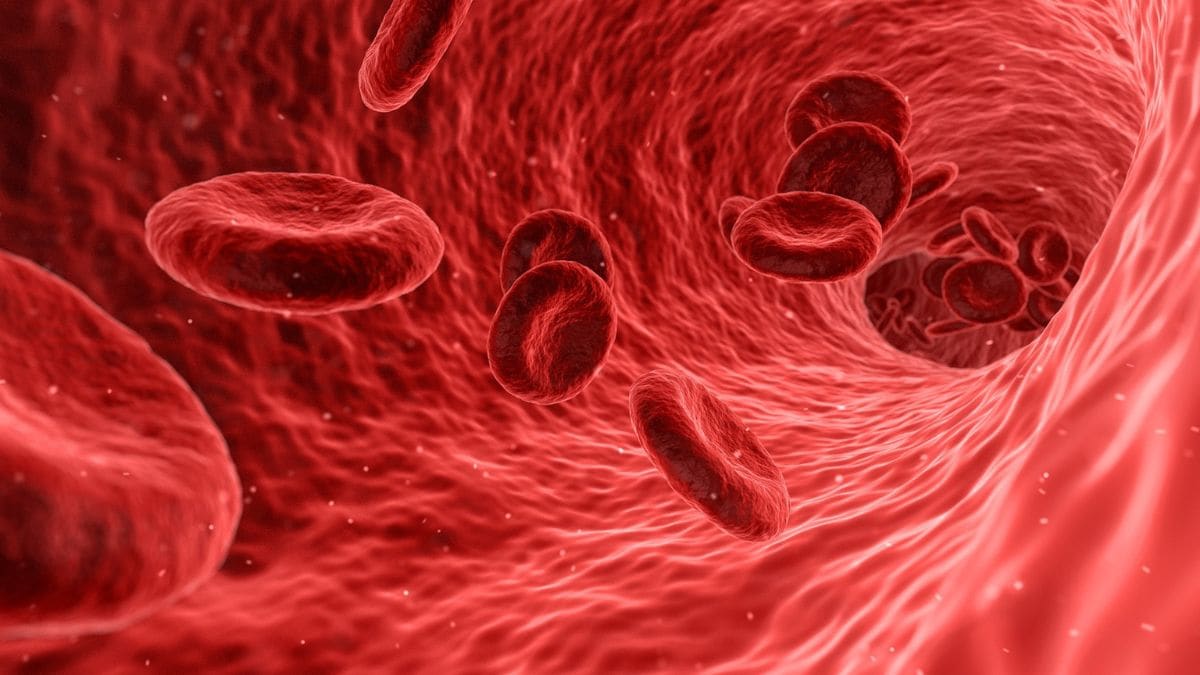
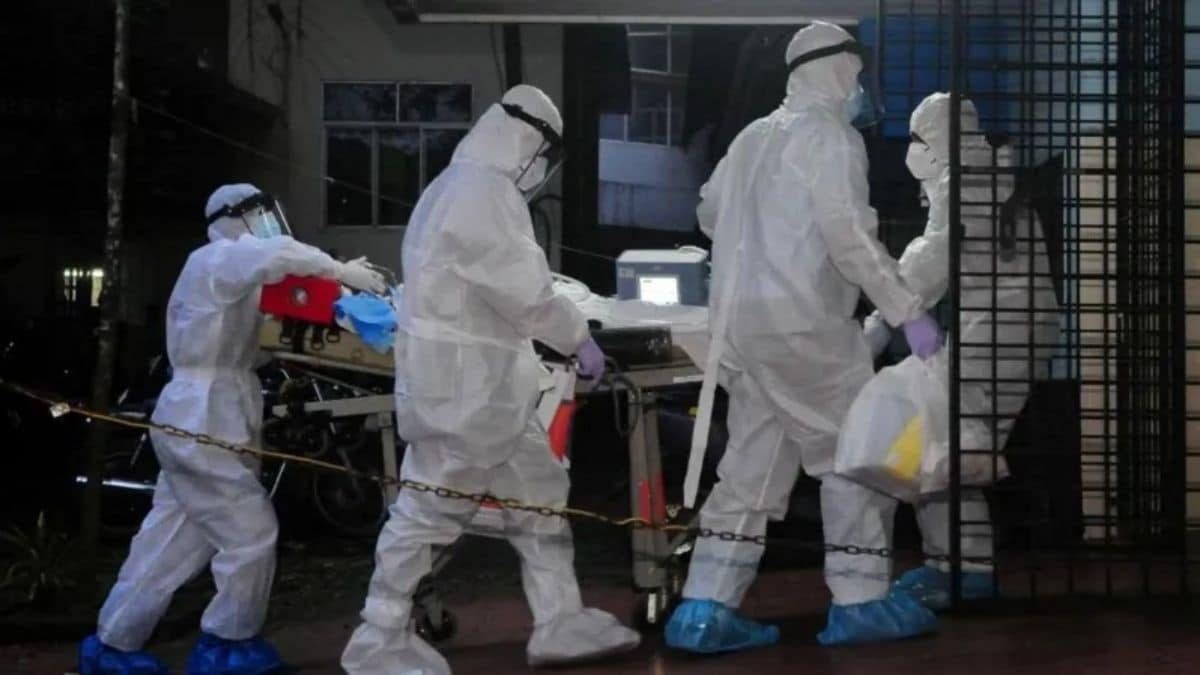






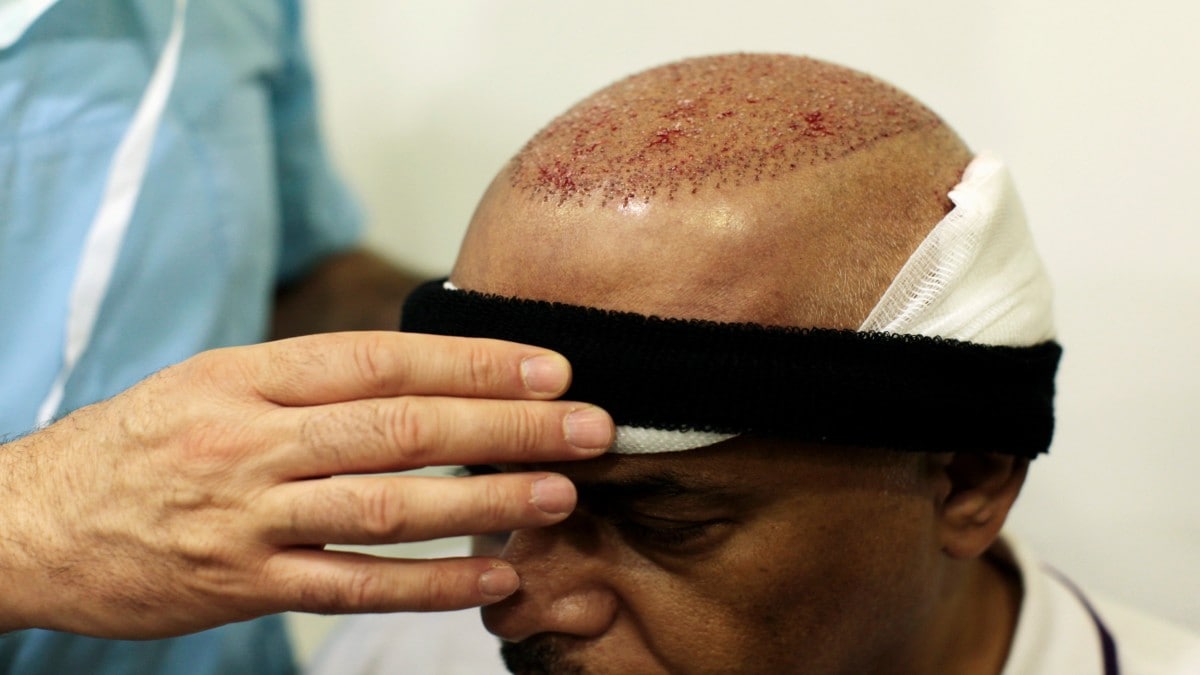




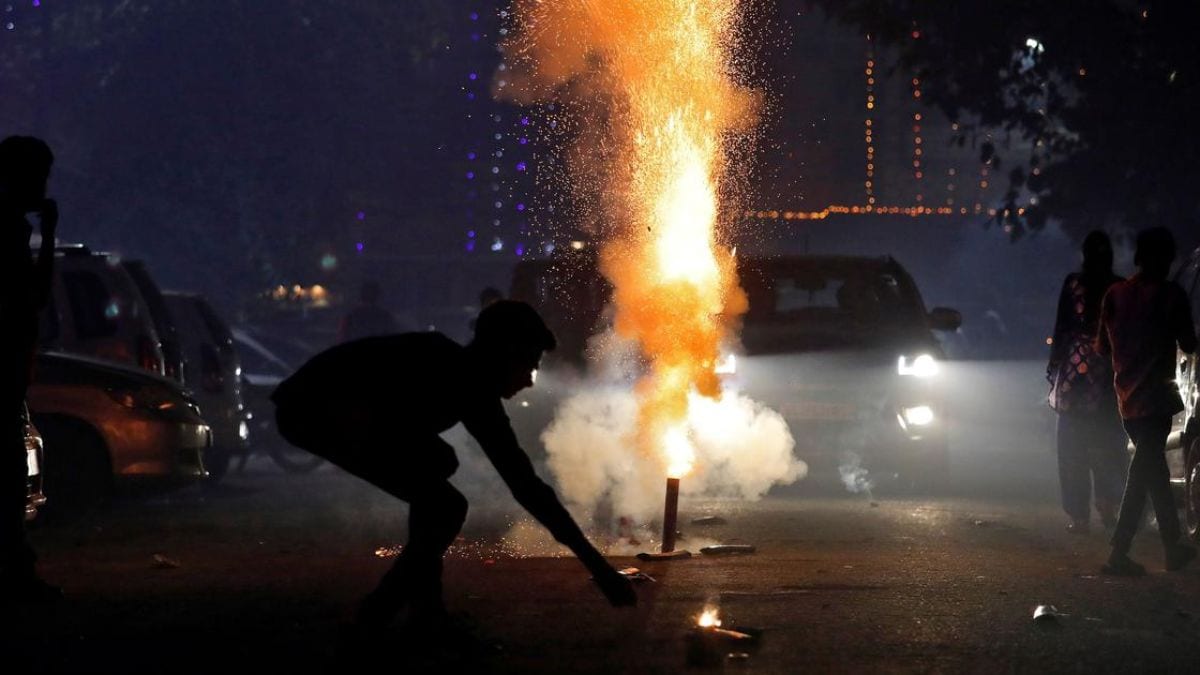
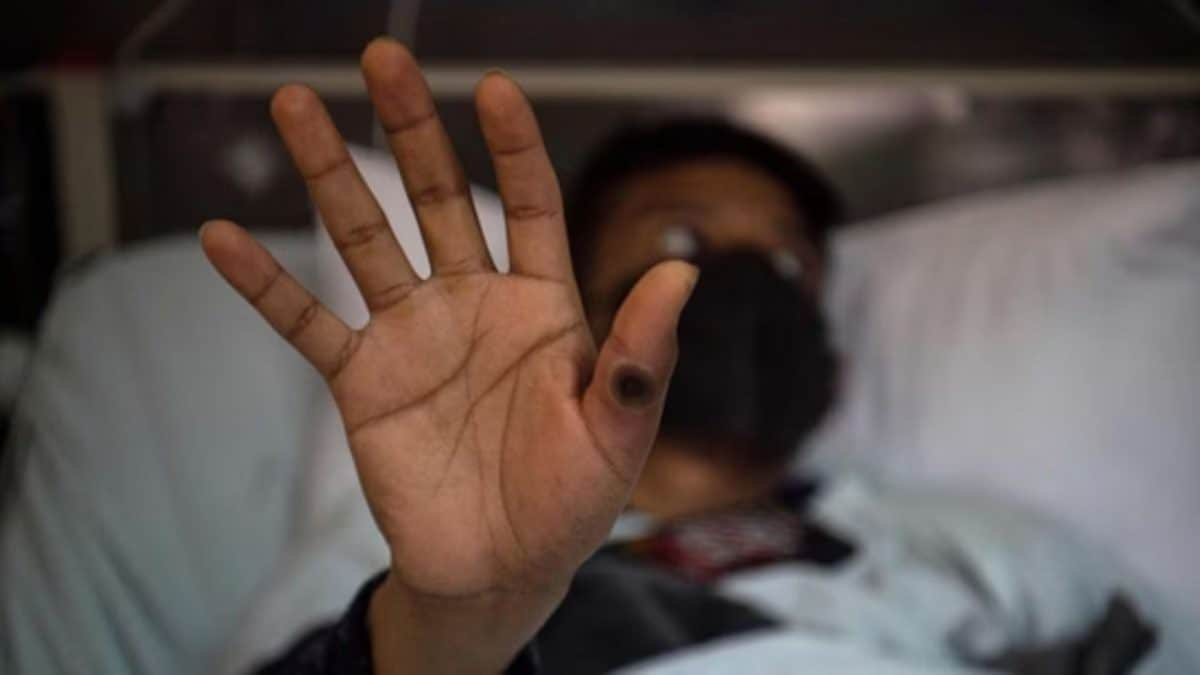


)
)
)
)
)
)
)
 English (US) ·
English (US) ·